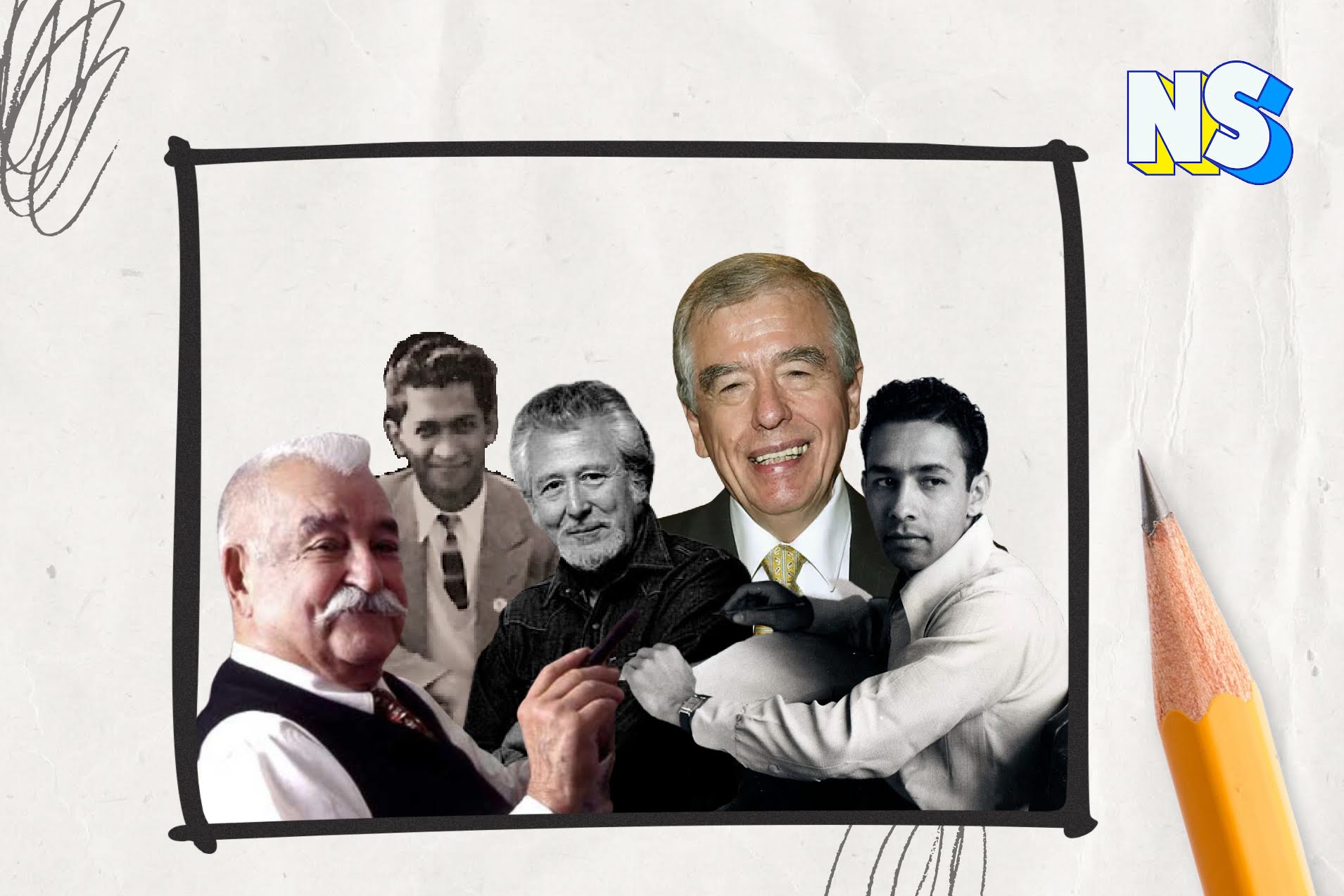Image courtesy of Nuestro Stories.
Just three monkeys from the sticks; just a bunch of jungle hicks, but they know a lot of tricks. That was the Meany, Miny, Moe theme song, the beloved characters of the American cartoonist Walter Lantz. These three lovable chimps made their debut appearance in 1935 in the cartoon "Monkey Wretches" and had their despedida in 1937.
But bet you didn’t know that Meany, Miny, and Moe were the first animated characters created by a Latino artist. Mexican-American Manuel Mario Moreno gave life to the trio of cheeky monkeys and paved the wave for the rise of Latino animators in the US animation industry.
Well, Latino animation artists (mostly Mexican-American) entered the business in the 1920s. By the 1930s, many worked at major studios and occupied key roles. And they shine more than ever today.
Moreno started his career when the animation industry took its first steps — at Winkler's Animation Studio in 1928. Consequently, he began as an in-betweener — a position below the rank of assistant animator and worked himself up to the level of assistant animator. And he learned cartooning from a correspondence course. Imagine that!
Moreno's influence on the animation industry
Moreno opened the door for others. Here are just a few:
Carlos Manriquez (1908-1981)
Carlos Manriquez joined the Disney studio in 1929 and became the studio’s first full-time background painter. Manriquez left the studio in 1938 and resurfaced in 1951 as a background painter at Warner Bros. He later moved to Mexico City and worked on Rocky and Bullwinkle at Val-Mar Productions. He later started his own studio in Mexico.
José Cuauhtémoc Melendez (1916-2008)
Known as Bill, José Cuauhtémoc Melendez is probably the most famous Mexican-American artist of Hollywood’s Golden Age of animation. He was an assistant animator at Disney on Pinocchio and Fantasia; an animator at Warner Bros on The Great Piggy Bank Robbery, Baby Bottleneck, and Book Revue, among others. At nearly fifty years old, Melendez directed A Charlie Brown Christmas and became the exclusive animator of Peanuts specials and features.
Gus Arriola (1917-2008)
Gus Arriola started his career at the Mintz Studio before moving over to MGM and the Army Air Force’s First Motion Picture Unit. His greatest contribution to cartooning? The newspaper comic Gordo.
Read more: José Vasconcelos, One of the Most Difficult Figures to Ignore in Mexico’s History
Rudy Larriva (1916-2010)
Larriva was a respected animator for decades in Hollywood. He first made his mark at Warner Bros. in the late 1930s. While there were many animators of Mexican descent in the business, fewer worked in the story department. Ernesto “Ernie” Terrazas (1909-1995) was the exception.
Phil Roman (1930)
Phil Roman was born in Fresno, California, and was the son of migrant farm workers from Mexico. He went on to own one of the largest independent U.S. animation studios in the 1980s and 1990s: Film Roman Inc. Certainly, the iconic shows they produced stand in memory. They are The Simpsons, King of the Hill, Family Guy, Garfield and Friends, Bobby’s World, and The Critic, to name but a few.
Today, Latinos in animation are highly regarded. We owe a lot to these pioneers.
https://draft.nuestrostories.com//wp-content/uploads/2022/06/Susanne-182x250.jpeg





